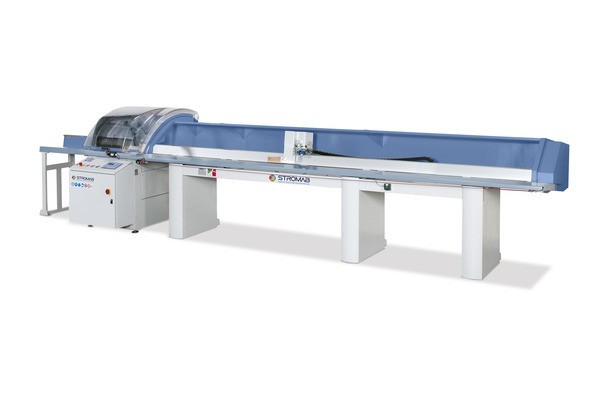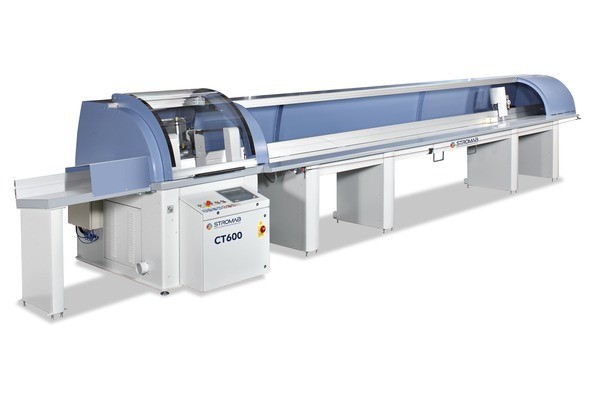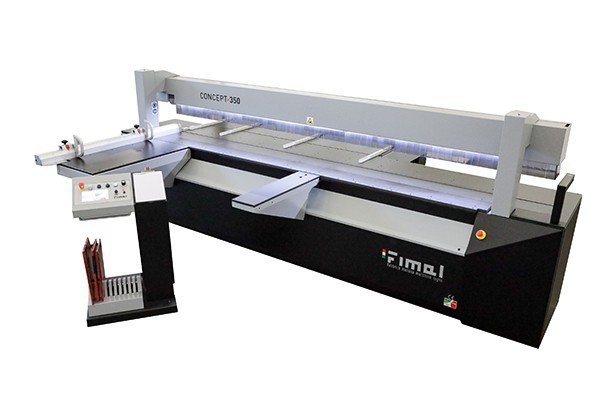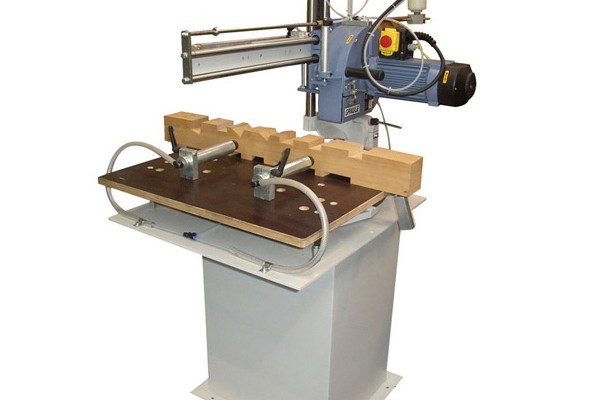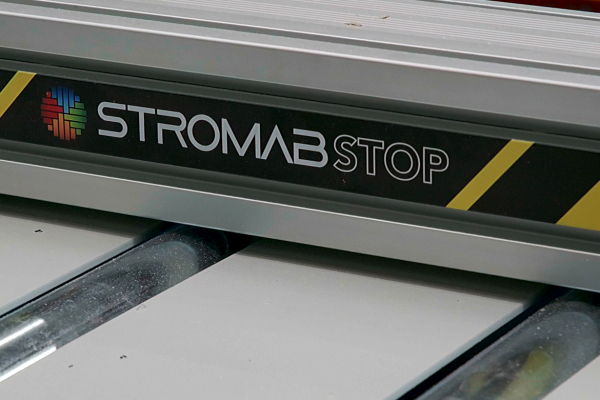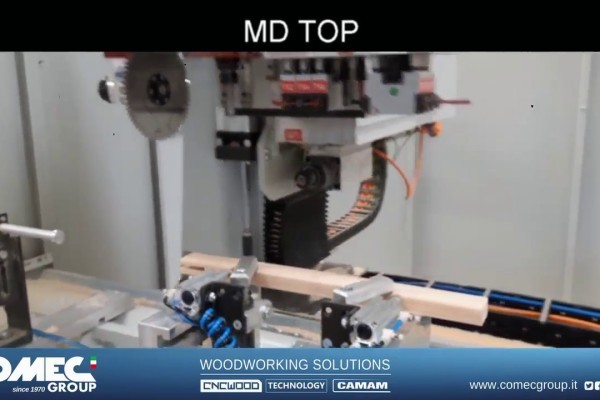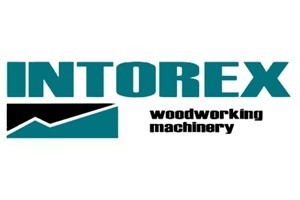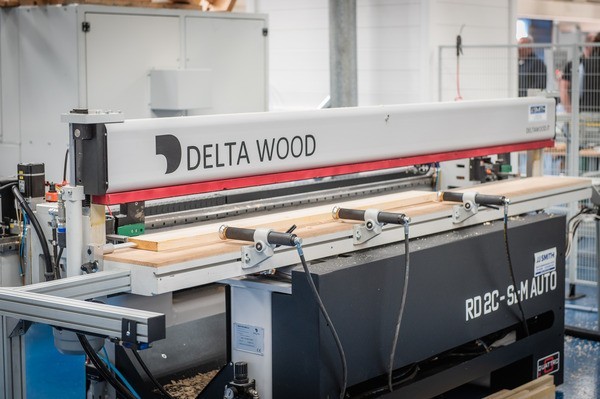Start small and scale up
The woodworking industry is inherently traditional, and many businesses are hesitant to adopt new technologies. Being an early adopter can feel risky, especially when there’s a natural resistance to change among workers and management alike.
Begin by automating the simplest, most repetitive, or hazardous tasks – often referred to as the "3D’s" (dull, dirty, and dangerous). This approach allows businesses to build confidence in automation while minimising risk.
Balancing automation with craftsmanship
Woodworking is as much an art as it is a science. Automation can enhance efficiency, but it risks diluting the human touch that makes bespoke woodworking unique. Striking a balance between technology and craftsmanship is crucial.
While woodworking processes are often bespoke, look for opportunities to standardise repeatable tasks. This can simplify integration and improve efficiency.
Overcoming fear and uncertainty
A common fear is that robots will replace human workers, leading to job losses. This perception can create resistance among employees and even management who value the skilled labour force.
Concentrate on processes that deliver a clear return on investment (ROI) while retaining skilled workers for higher-value tasks. Woodworking automation should complement human craftsmanship, not replace it entirely.
Involve employees early in the automation journey. Transparent communication about the benefits of automation – such as improved safety and the creation of new roles – can help maintain morale and reduce resistance.
Choosing the right automation partner
Pioneering automation in woodworking requires a reliable partner who understands the nuances of the industry. Trusting a partner to deliver tailored solutions is essential but challenging.
Wood is a natural material with unique characteristics like warping, knots, and varying grain patterns. Unlike metals, wood requires specialised sensors, algorithms, and handling techniques, making automation more complex, especially as woodworking processes and layouts can vary widely and standardisation is rare.
Partner with experts who understand both automation and the unique properties of wood. For example, JJ Smith, a 100-year-old woodworking business, has successfully embraced automation by leveraging its deep understanding of wood.
Demonstrating a return on investment
The cost of implementing robotics and automation in woodworking can be prohibitive. A thorough cost-benefit analysis is necessary to justify the investment, with a particular focus on processes that deliver a clear return on investment.
Governments and organisations such as Made Smarter often offer grants and incentives for adopting new technologies. These can help offset the initial investment and make automation more accessible.
Visualising automation through 3D modelling and demonstrations can help stakeholders understand its benefits. This approach can also identify potential issues before implementation.
Futureproofing your woodworking business
The integration of robotics and automation into the woodworking sector is not about replacing tradition but enhancing it. By addressing challenges head-on and adopting a strategic, incremental approach, businesses can unlock new levels of efficiency, safety, and creativity. The key lies in finding the right balance between technology and craftsmanship, ensuring that the soul of woodworking remains intact while embracing the benefits of modern innovation.
As the industry evolves, early adopters who navigate these challenges successfully will not only future-proof their businesses but also set new standards for what’s possible in woodworking. The journey may be complex, but with the right mindset, partners, and tools, the rewards are well worth the effort.
If you would like to contact JJ Smith's woodworking automation experts, call 0151 548 9000 or visit www.jjsmith.co.uk/woodworking-robotics.










